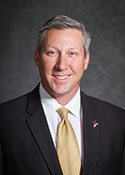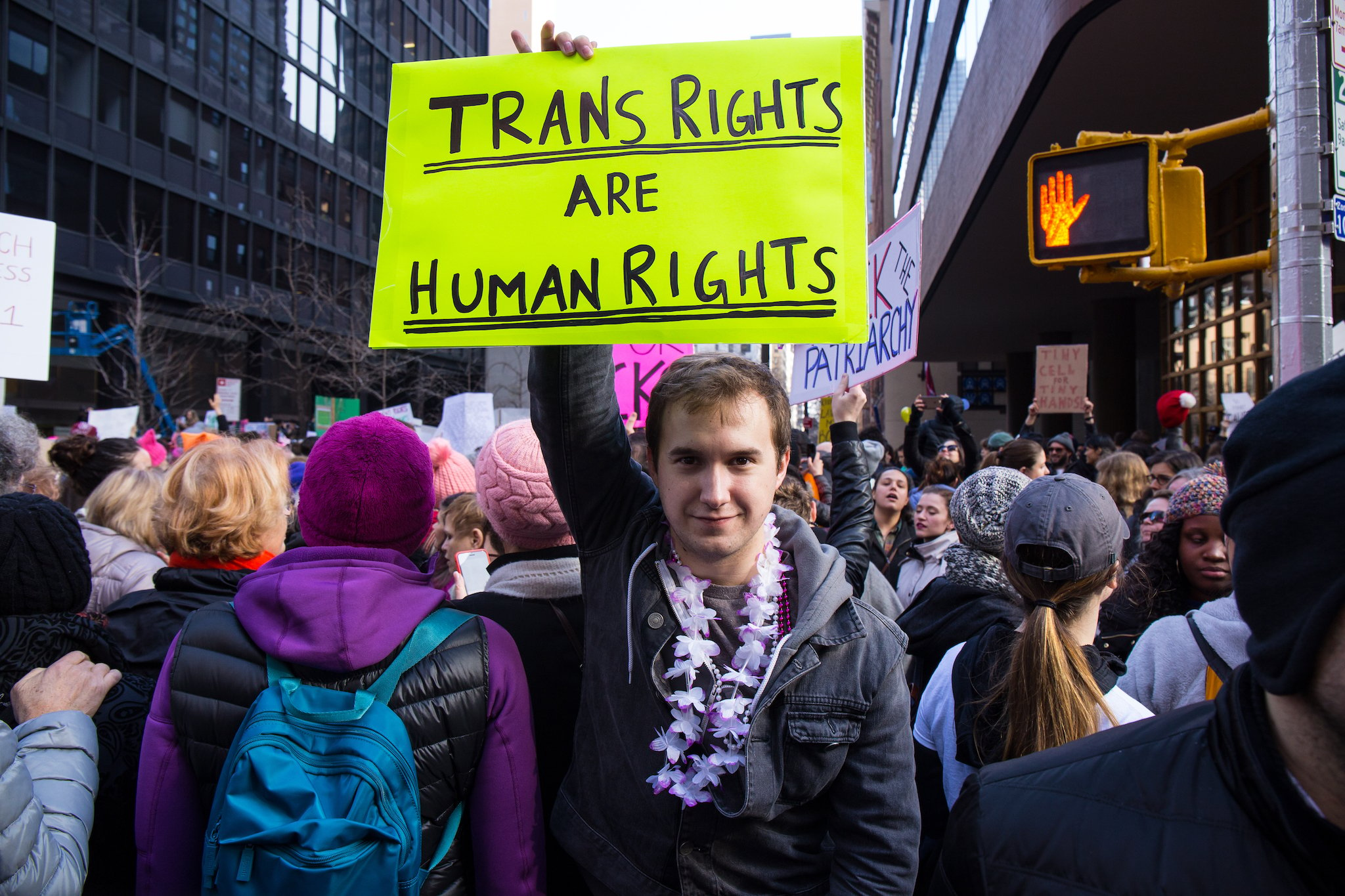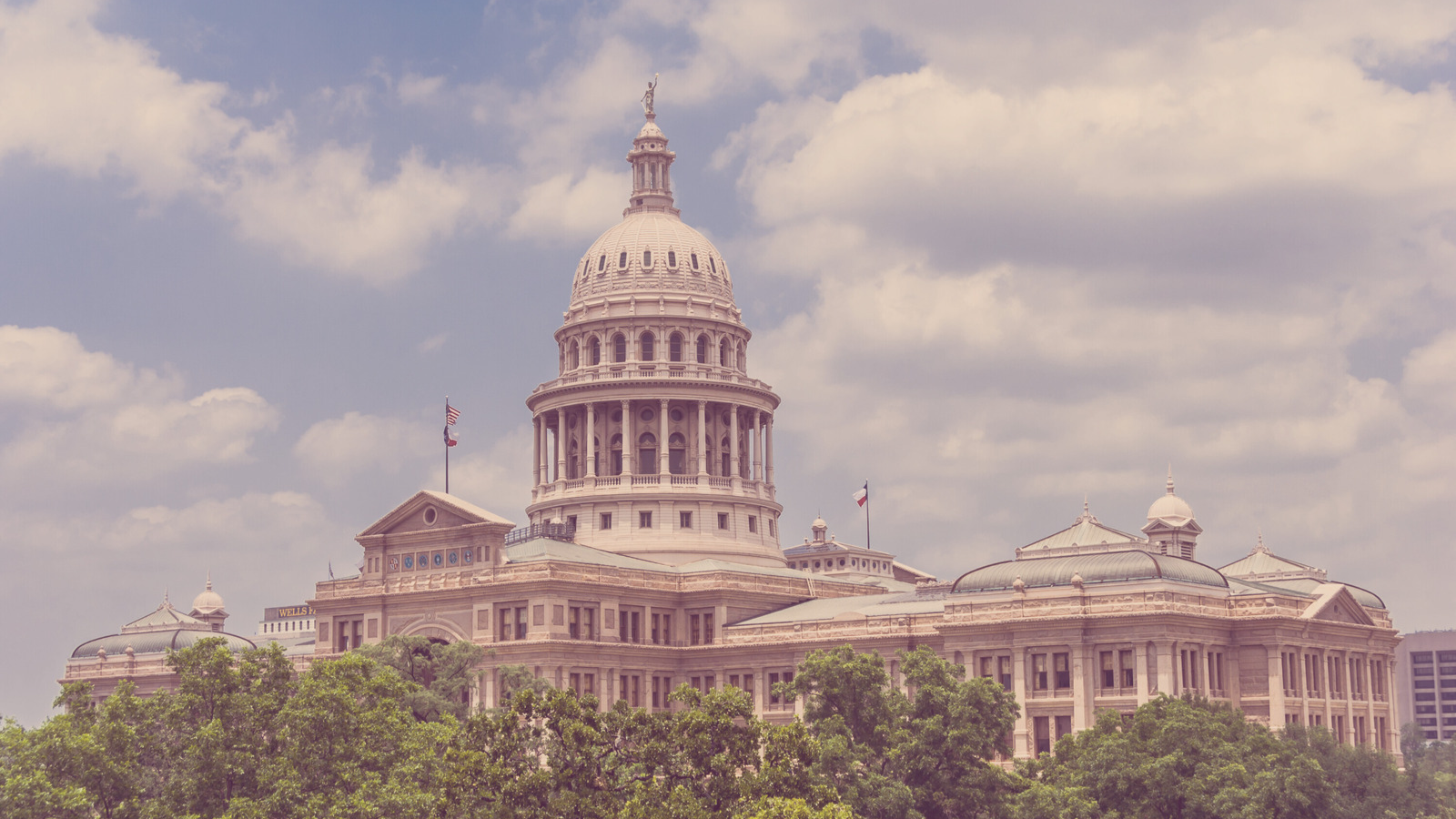
Over 900 Texas School Districts Quietly Ban Anti-LGBT Bullying

A version of this story ran in the October 2015 issue.
Above: Texas Gay-Straight Alliance students in middle and high school gather at the Capitol to talk to their lawmakers and learn how to be advocates for issues affecting LGBTQ youth in the state.
In the Texas Legislature, “sexual orientation” and “gender identity” are almost taboo phrases. A bill with such language is almost certainly doomed.
For example, earlier this year, the Texas House voted 97-49 to table a budget amendment that would have required the Texas Education Agency (TEA) to collect data on incidents of discrimination and harassment based on numerous characteristics, including sexual orientation and gender identity. However, this seemingly benign proposal’s unceremonious and repeated defeat — along with Republican lawmakers’ general distaste for anything LGBT — hasn’t stopped TEA and school districts from adding sexual orientation and gender identity to their policies in recent years.
In 2010, TEA added sexual orientation to its Code of Ethics, which now prohibits certified educators in the state from discriminating against gay, lesbian and bisexual students and colleagues. And since 2012, more than 900 Texas school districts have quietly — and in some cases perhaps unknowingly — added references to sexual orientation and gender identity in their anti-harassment policies. These districts include Keller ISD, where a proposal to add more comprehensive LGBT protections was pulled from consideration amid conservative backlash in August.
Apparently confusing sexual orientation with gender identity, Springer recently boasted the amendment would have prohibited transgender girls from using girls’ restrooms.
Based on a recommendation from the Texas Association of School Boards (TASB), these 900-plus districts — out of more than 1,200 in the state — list sexual orientation and gender identity under examples of prohibited gender-based harassment. Carolyn Counce, TASB’s director of policy service, said the recommendation was based on guidance from the U.S. Department of Justice. And Counce said she believes school board members have generally been aware of what they were adopting.
“We provide explanatory materials when we release our recommendations,” Counce said. “We encourage them to examine those materials and make sure that they do match the district’s practice. I don’t recall any negative feedback from our members at all. We try to provide materials that protect districts, to the extent we can, from litigation, and keep them aligned with legal requirements.”

Although the anti-harassment policies haven’t gotten the Legislature’s attention, one lawmaker did take aim at the Code of Ethics provision. Representative Drew Springer, R-Muenster, introduced a budget amendment in 2015 that would have removed sexual orientation, but later withdrew it.
As it turns out, Springer’s proposal was severely misguided. Apparently confusing sexual orientation with gender identity, Springer recently boasted that the amendment would have somehow prohibited transgender girls from using girls’ restrooms. LGBT advocates say the addition of sexual orientation and gender identity to the Code of Ethics and local anti-harassment policies is a step in the right direction.
LGBT students experience significantly higher rates of bullying and harassment than those who are straight or cisgender (identifying with the gender one is assigned at birth). No federal law explicitly prohibits anti-LGBT bullying, and only 20 states have banned it. Needless to say, Texas isn’t one of them, and that isn’t likely to change anytime soon.
“In the real world, enumerated lists are understood and utilized effectively, but with the current makeup of the Legislature, it’s very difficult,” said Daniel Williams, legislative specialist for Equality Texas. “At the end of the day, the question is, ‘Are we protecting children?’ And the adoption of these policies by more districts protects more children, and that’s a good thing.”


